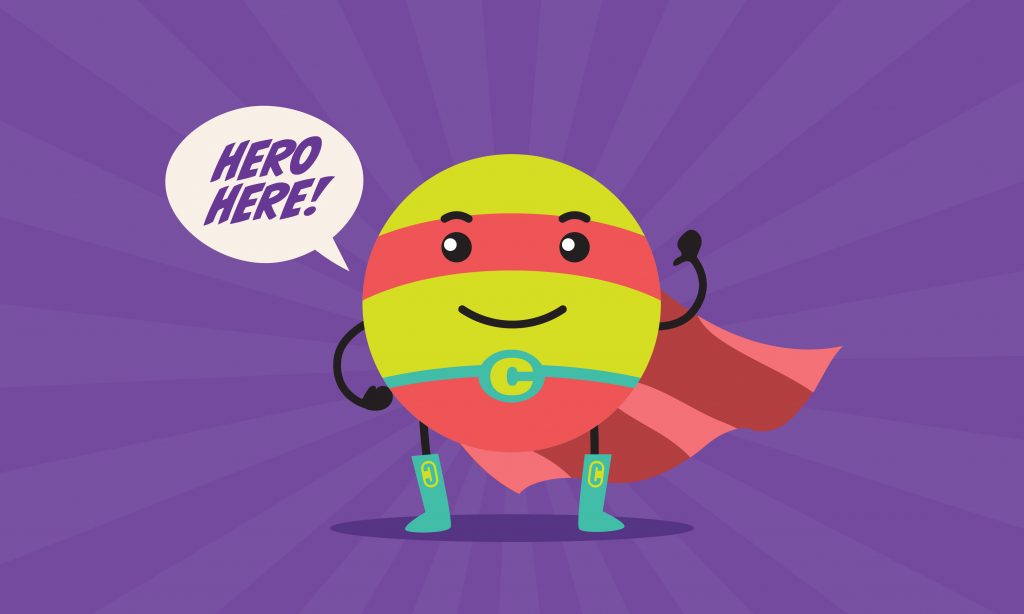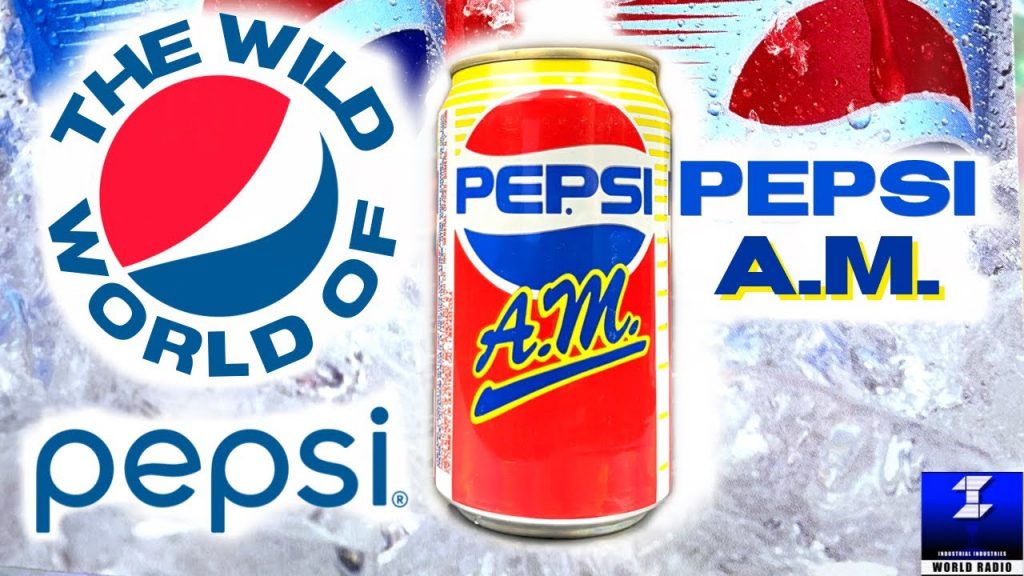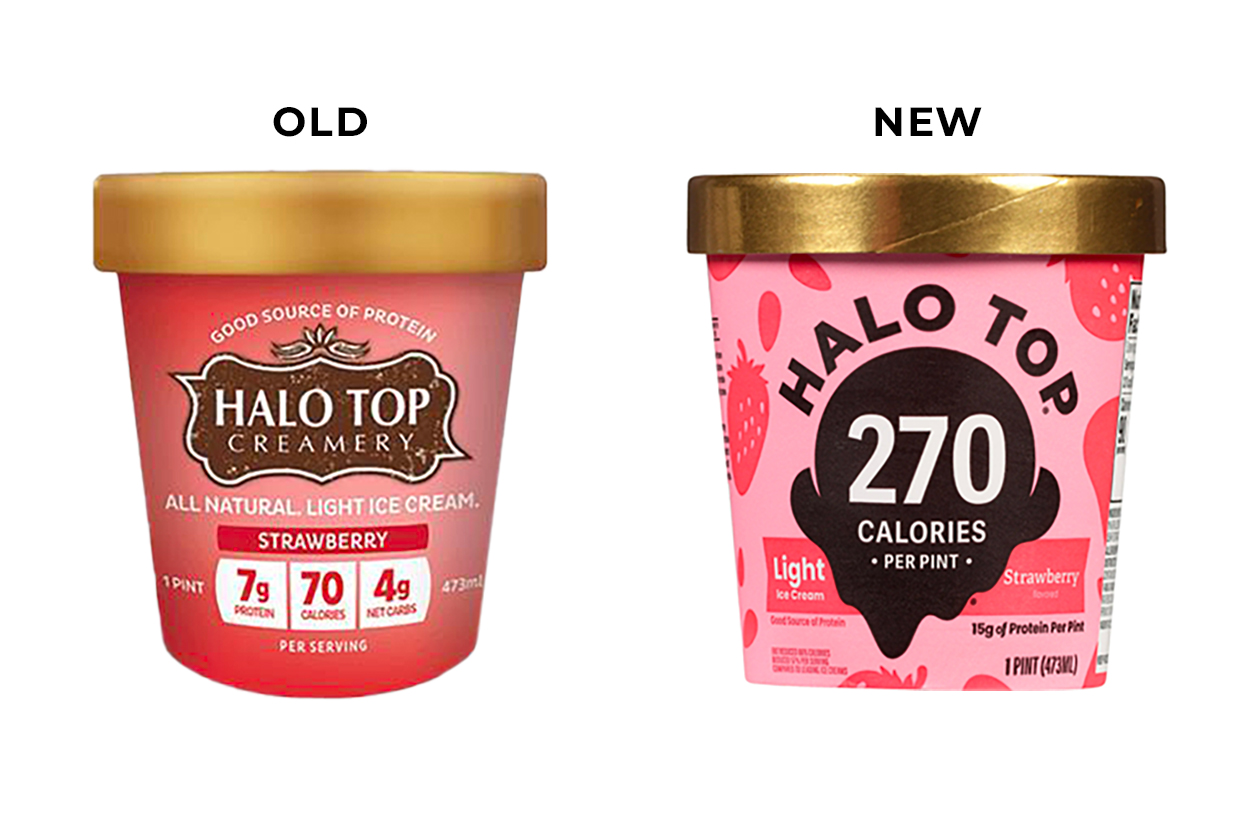
In a time when influence is measured by memes, brands have begun relying on wholly unnecessary, performative moves and measures to innovate their products despite consumers’ insistent cries of please stop doing what you’re doing.
When the wax and wane of your brand’s social standing shifts focus from the consumer’s needs, it may be time to stop your current strategy and start a brand new one that focuses on someone extraordinary we’d like you to meet: your consumer.
Just Because You Can…
Back in the 80s, Pepsi launched a new “morning” soda called Pepsi AM as a coffee alternative. Promising 25% more caffeine than a regular can of Pepsi, Pepsi AM aimed to address the drop in coffee consumption and spike in soda sales during the morning hours.

Pepsi AM was introduced to bridge a gap in the marketplace that didn’t exist. Despite the glossy magazine spreads and promise of a “refreshing break from the daily grind,” production of the breakfast soda shuttered after one year. Pepsi AM didnt position themselves with a pain point in mind, just growth; coffee was already solving the problem, and had been since the 15th century.
Years later, McDonald’s would make a similar gaffe with the Arch Deluxe, which was positioned as a sophisticated option for an audience that didn’t particularly care.
They didn’t really consider their target consumer, who values affordability and convenience over gourmet options. It was not a problem their target consumer had or wanted to be solved, so it failed.
The Hero’s Journey
Focusing too much on your brand’s features in lieu of consumer benefits can result in a brand that’s just speaking to itself.
The Hero’s Journey (a.k.a The Monomyth) is a common narrative archetype that outlines the protagonist’s quest for greatness and ultimate transformation. You see it everywhere – movies like Star Wars, The Matrix, Kung-Fu Panda apparently…
Consumers switch because they think the new brand will somehow make their life better, solve a problem in a way their current brand doesn’t, and lead them to greatness. Play into that narrative.
Identifying the Consumer’s Problems
Understanding psychographics and digging into your target consumers’ pain points and needs is key. This can be done through focus groups, surveys, social listening or already available research online.

Halo Top is a classic example of a brand that listened and redesigned their entire package around a consumer need. By positioning calories on the pint, front and center, Halo Top addressed what no one else was addressing.
RXBar certainly wasn’t the first brand to meet consumer’s desire for transparency and clean ingredients, but by listing them right on the front of pack (along with a promise of “No B.S.”) they exceeded consumers’ needs while kicking off a new standard for transparency.
Shifting the Focus
Reposition your brand with the consumer as the hero.
Look at your foundational strategy. Is it about your brand’s goals, dreams and what the product can do rather than what it can solve for consumers? Then rework it from that lens and see how different it comes out (Hot Tip: use our brand positioning workbook for DIY step-by-step foundational brand positioning).
Adjust your packaging. Communicate the why before the what. Maybe through a positioning exercise you’ve figured out that your brand helps on-the-go parents get a quick protein boost in the afternoon so they can last until dinner. That means the protein callout is more important than the Non GMO, or the low sugar, or gluten free. That could mean resealable packaging or a format that fits in their bag. It also means speaking to busy moms in a language (visual and written) that resonates with them.
Exit the Vacuum
A brand speaking in a vacuum cannot connect with consumers on the emotional level they need to take action.
People will always prioritize their wants and needs over a company’s – at least until they’re given a compelling enough reason to make the switch from what they already buy.
Brand storytelling needs to go beyond the pack – make sure your website, content, and copy addresses your consumers challenges. Create content about other challenges or pain points this consumer might have (even if your brand does not solve them directly). Show them that you “get” them and this brand is for them.
If you’re having trouble getting into the mind of the consumer or don’t know who you should be targeting, we’re here to help.
Check out our Food & Bev Brand Bootcamp for all your DIY branding needs.

